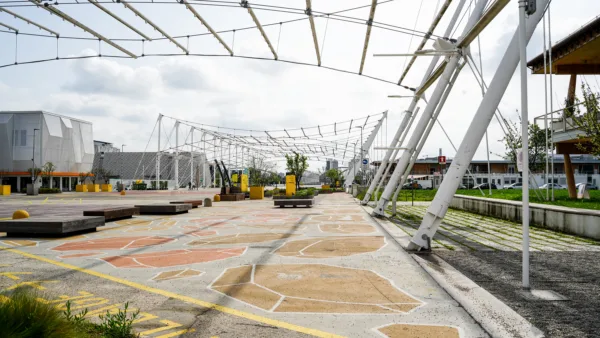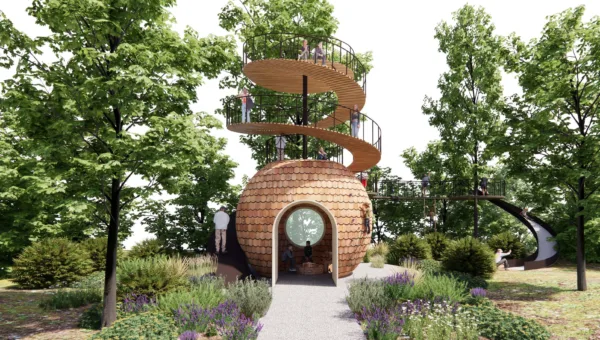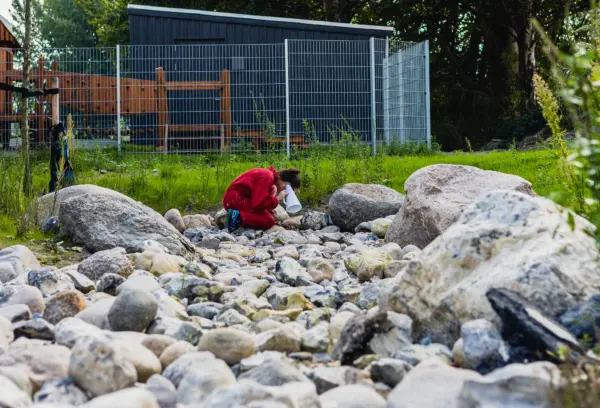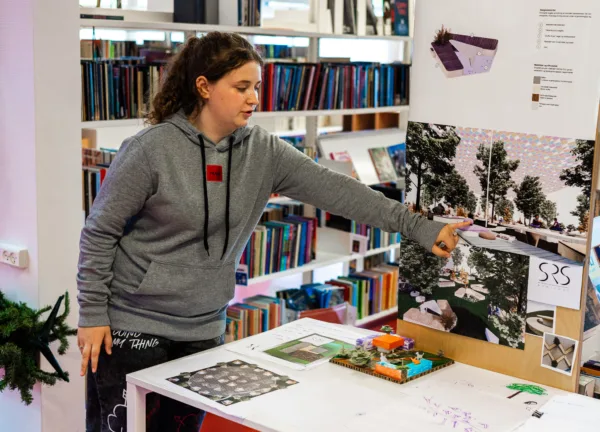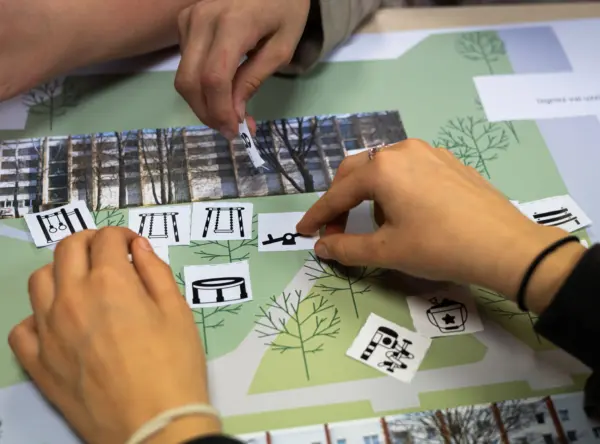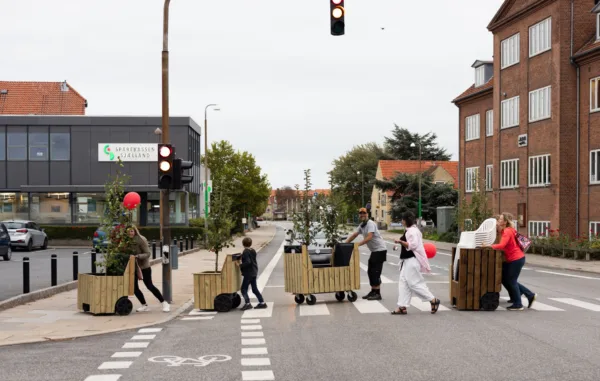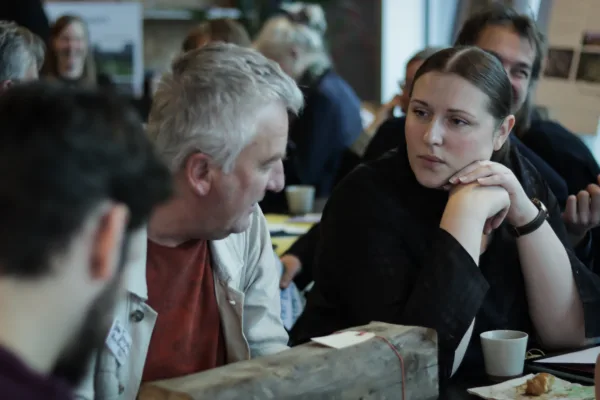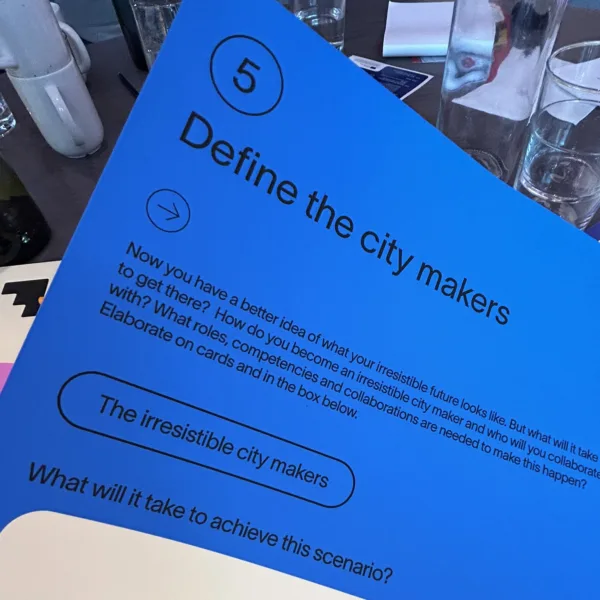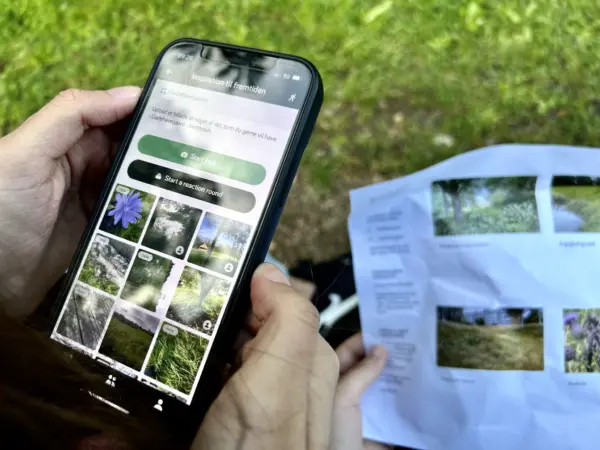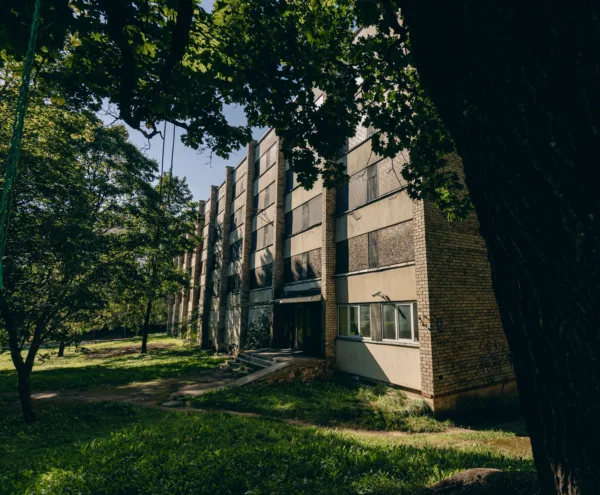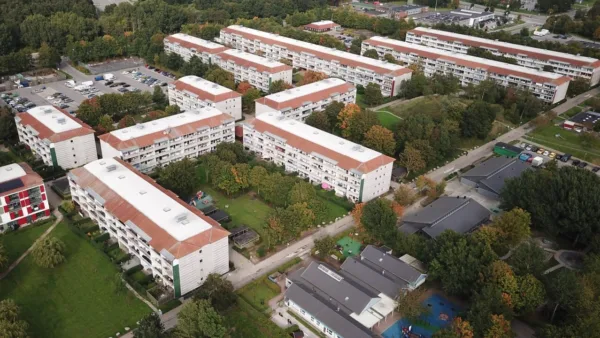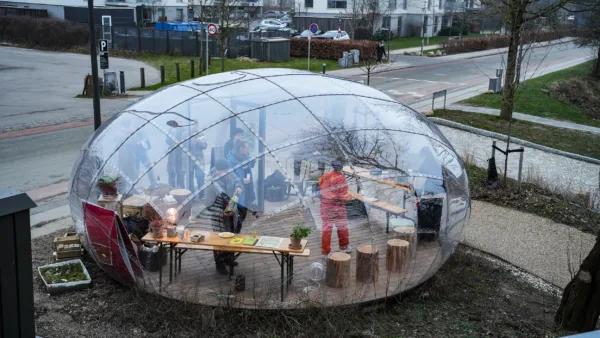The Beauty for All is a model for strategising and evaluating the transformation of public places towards beauty, inclusiveness, and sustainability. This framework aims to help decision-makers embed beauty and inclusiveness when innovating urban spaces.
It is a tool applicable in urban contexts characterised by a temporary nature, to assess and monitor changes in public space over time (even in a provisional situation). It can be used as a more broad or superficial guidance for a process or to orient towards more specific goals and outputs – e.g. supporting funders, politicians, and investors, where to put their focus.
The key phases:
- Goal definition and Target Scenario selection: Co-creating a vision for public space transformation, focusing on beauty and inclusiveness.
- Outcome indicators: Co-creating transformation scenario indicators for each identified context.
- Metrics design: Designing both qualitative and quantitative indicators while selecting appropriate measurement methods.
- Baseline construction and monitoring: Collecting data through selected indicators and establishing monitoring periods.
- Impact assessment: Comparing data across different timeframes to track progress.
Purpose - Why should we use this tool?
You should use this tool to support strategic, decision-making, and design processes. It should be perceived as a guide that identifies potential directions for intervention. Its structure allows urban contexts to tailor the indicators to their needs, leveraging existing metrics.
The tool is helpful for:
- Collaboratively identifying, from the initial stages of the process, strategic priorities and concrete actions to support a transformation of public space that fosters beauty, inclusivity, and sustainability.
- Evaluating and monitoring ongoing public space transformations towards a scenario that implies an accessible and sustainable concept of beauty.
- Supporting a systemic view of change through concrete actions backed by qualitative and quantitative data.
Duration - How much time is needed?
The Beauty for All model can act as a guiding point throughout all phases of your project. The time and resources required will vary depending on each context's specific conditions, and you might have to either shorten or expand the timespan to fit the scale of your project.
Time is needed for the co-creation of scenarios (through various collaborative activities), the definition of outcome indicators, the construction or selection of existing indicators, data collection, and analysis.
